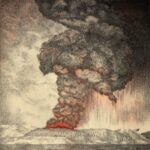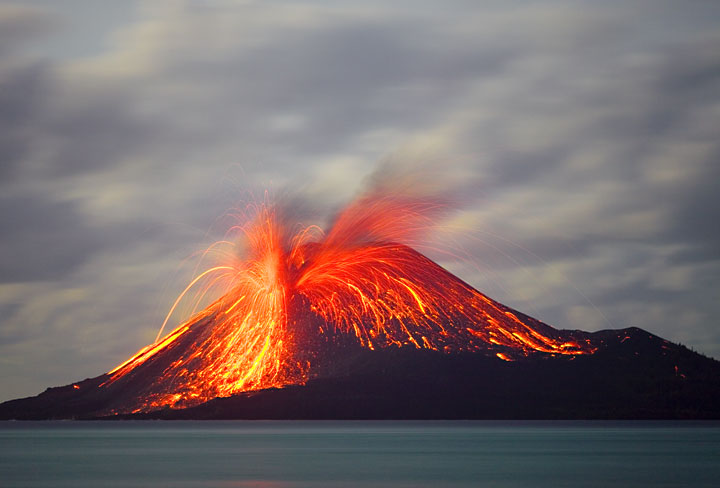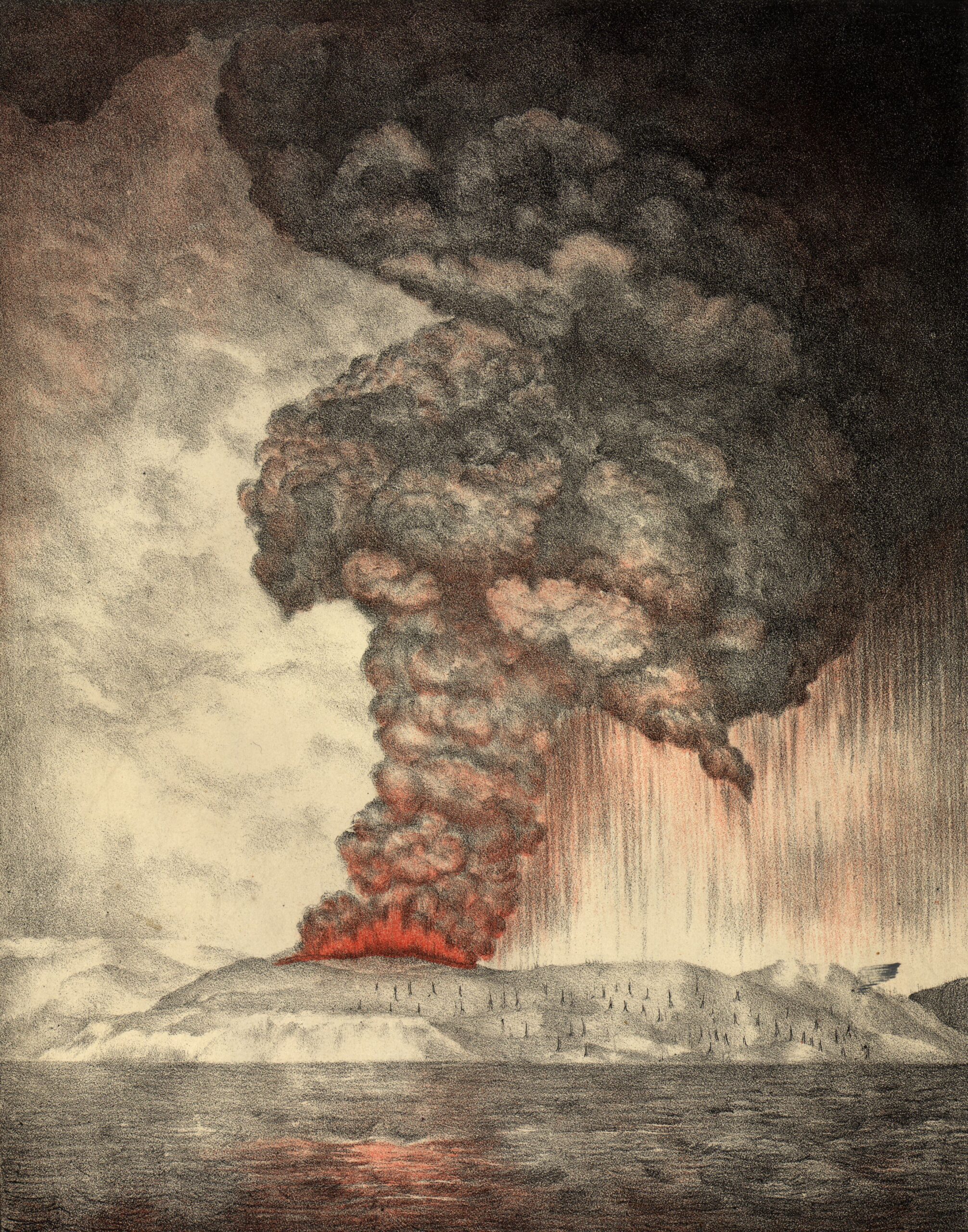Volcanic cataclysm! New research reveals there is a one in six chance of a volcanic epoch-making cataclysm this century


Eruption of "Little Krakatoa"
Renewed and in-depth studies have revealed that there is a one in six chance that in this century there is an epochal volcanic cataclysm, much more intense than that of Vesuvius that destroyed Pompeii or that which Krakatoa described. The bleak predictions come from Dr. Mike Cassidy, a volcanologist at the University of Birmingham, and Dr. Lara Mani, of the University of Cambridge's Center for the Study of Existential Risk.
The research is based on the analysis of sulfur deposits – a major component of volcanic gases – found in ancient ice deposits in Antarctica and Greenland. These data indicate how often large eruptions have occurred in the past and thus the likelihood of them occurring in the future, and question what is called the "misconception" that the risks of a large eruption are low.
These odds – equivalent to throwing a dice – refer to an eruption of at least seven degrees in the Volcanic Explosivity Index (VEI), a measure equivalent to the Richter scale for earthquakes, ranging from one for the smallest to eight. for the most powerful. To put this in perspective, the eruption of Vesuvius, which claimed the lives of around 16,000 people in Pompeii and other Italian cities in AD 79, scored five in the VEI.

27th May 1883: Clouds pouring from the volcano on Krakatoa (aka Krakatau or Rakata) in south western Indonesia during the early stages of the eruption which eventually destroyed most of the island. Royal Society Report on Krakatoa Eruption – pub. 1888 Lithograph – Parker & Coward (Photo by Hulton Archive / Getty Images)
To understand how such a catastrophic event could take place, reference can be made to two historical level seven eruptions of the VEI. Both occurred in Indonesia, but have had terrible consequences for the rest of the world, even tens of thousands of kilometers away.
The first was in 1257 on the island of Lombok. The only eyewitness accounts, contained in a document written on palm leaves, describe how “ Mount Samalas collapsed, followed by large streams of debris accompanied by the sound of boulders. All the houses were destroyed and swept away, floating on the sea, and many people died “.
A roughly 150 cubic kilometer cloud of ash, pumice and other rocks is thought to have circumnavigated the globe in just a few weeks, filling the stratosphere with sulfuric acid particles that blocked sunlight.
In his abbey of St Albans, Hertfordshire, the English monk Matthew Paris recorded that the year 1258 began with " such an unbearable cold that it enveloped the face of the earth, severely afflicted the poor, stopped all crops and killed the little ones. of livestock ". And this was only the beginning.
That summer he wrote that “ due to the shortage of grain, a very large number of poor people died; and corpses were found in all directions, swollen and bruised, lying five and six in the styes, on the dunghill and in the muddy streets ”.
This eruption is said to have started the Little Ice Age, a centuries-old cold that began around this time and caused phenomena such as freezing of the River Thames.
This ended in the mid-19th century, shortly after the world suffered another level VEI seven eruption, that of Mount Tambora in April 1815. Just 100 miles from Samalas, the eruption was equally deadly, killing about 100,000 people in its immediate aftermath before wreaking havoc in other places.
In 1816, Europe experienced what has been called the "year without summer".
During that seemingly endless winter, global temperatures dropped an average of one degree, and the dimming of the sun's rays led to uncontrolled rumors of the sun's death.
Frequent thunderstorms and incessant rain kept people indoors for days, inspiring English writer Mary Shelley, on vacation in equally gloomy Switzerland, to dream of the story of Frankenstein.
This begins with polar explorer Robert Walton, the man to whom Victor Frankenstein, the creator of the monster, tells his story, longing for the North Pole, "a region of beauty and delight where … the sun is always visible".
Across Europe there was a terrible famine with the collapse of the wheat crop and the consequent rise in prices that sparked uprisings in various parts of the continent, including the United Kingdom.
The cold and humidity, combined with the displacement of masses of people, caused a series of typhus epidemics with tens of thousands of deaths.
The vulnerability emerged clearly with the fourth level VEI eruption of Iceland's Eyjafjallajokull volcano in spring 2010 resulting in the closure of intercontinental air routes and $ 4 billion in damage. Think what would happen with a grade six rash.

Thanks to our Telegram channel you can stay updated on the publication of new articles of Economic Scenarios.
The article Volcanic Cataclysm! New research reveals that there is a one in six chance of an epochal volcanic cataclysm in this century comes from ScenariEconomici.it .
This is a machine translation of a post published on Scenari Economici at the URL https://scenarieconomici.it/cataclisma-vulcanico-nuova-ricerca-rivela-come-ci-sia-una-possibilita-su-sei-di-un-cataclisma-epocale-vulcanico-in-questo-secolo/ on Sat, 27 Aug 2022 13:46:32 +0000.
